Curtiss-Wright Model CW-25 / AT-9 Jeep
Introduction
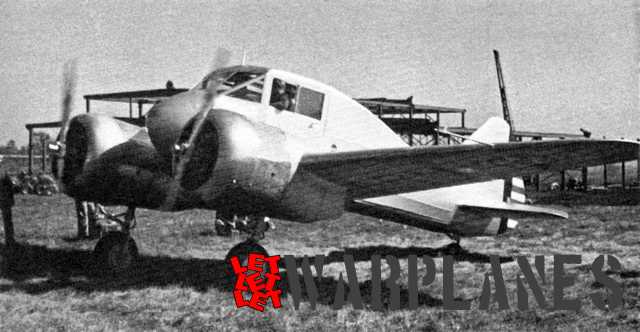
With the introduction of new high-performance twin-engine aircraft at the U.S. Army Air Corps at the start of the Second World War in Europe it was evident that new aircraft types would be needed for advanced training of future pilots. When these student pilots had completed their single engine training on types like the T-6 they needed further advanced training if they were to be commissioned on twin-engine aircraft. In particular, the gap between the T-6 and types like the B-25 and B-26 bombers had to be closed with a flying course on a twin-engine trainer. Also for the new Lockheed P-38 twin-engine fighter an advanced training course on a twin-engine type was considered as necessary. Beech and Cessna already had their AT-11 Kansas and AT-17 Bobcat twin-engine trainers, but these were more suitable for crew training. At Curtiss the design and development was started on a twin-engine advanced trainer strictly for pilot training with two-seat capacity for instructor and pilot student.
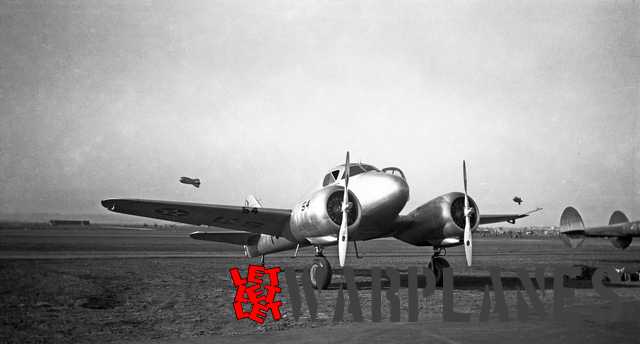
Also here, P-38’s were present as well as barrage balloons (Mark Nankivil collection)
The AT-9 Jeep is taking shape
Designated at Curtiss-Wright as CW-25, the new advanced trainer received the military type designation AT-9. Initially it was named the ‘Fledgling’ but it became much more known by its later name the ‘Jeep’. Owing much of its wing design to the earlier CW-19 trainer, the AT-9 was a relatively small twin-engine low-wing monoplane fitted with two radial air-cooled engines. It only had capacity for two seats; entrance was on both sides with a car-type door similar to Bell’s P-39 Airacobra fighter. The main wheels retracted partially backwards into the engine nacelles and the tail wheel was non-retractable. To save precious time the hand-made CW-25 prototype was built with a welded steel-tube fuselage covered with fabric. Also wing and tail planes were fabric covered. However, the production AT-6 was planned to be manufactured from aluminum with a modern monocoque construction and stressed-skin wings. The flight characteristics of the new trainer were purposely made more demanding for the student pilot. Basically it was the intention that future P-38 pilots would made their first solo flight on this fighter after a 70 hours transition training on the AT-9.
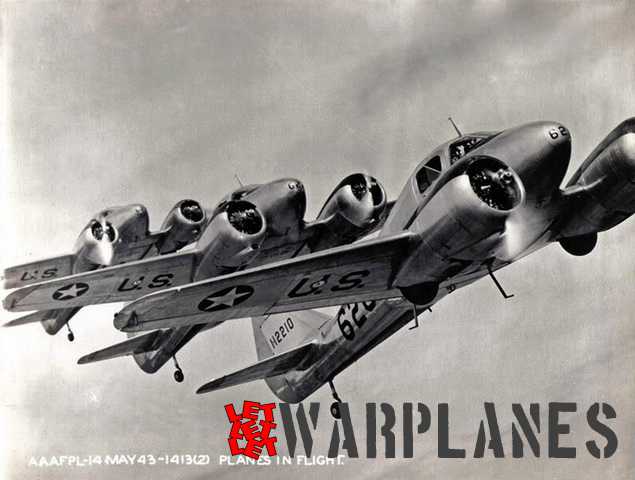
Into production
When the test flying of the CW-25 was successfully completed in 1941 the Army Air Corps ordered in total 492 AT-6 production models.
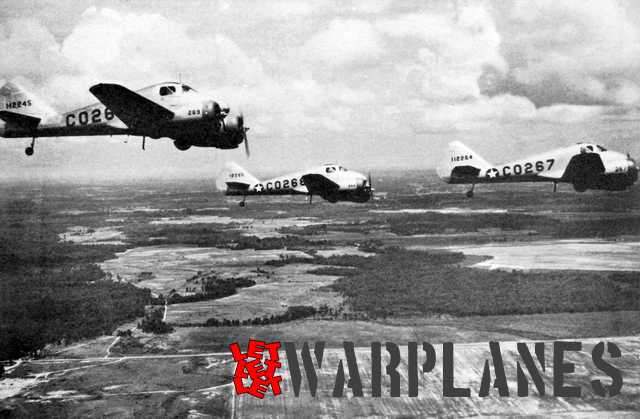
Later a final order was placed for 300 additional slightly improved AT-6A models. Main difference was a later model Lycoming R-680-13 engine with slightly more power output (300 hp). Also the undercarriage retraction hydraulics were revised and improved.
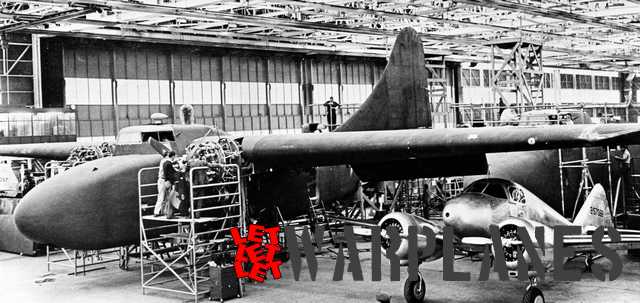
The AT-9 and AT-9A was produced at Curtiss between 1941 and 1943; production of the last AT-6A was completed in February 1943.
Production:
CW-25 prototype: (1)
AT-9: 41-5754 to 41-5894 (150)
41-11931 to 41-12271 (341)
AT-9A: 42-56853 to 42-57152 (300)
Total: 792 including prototype
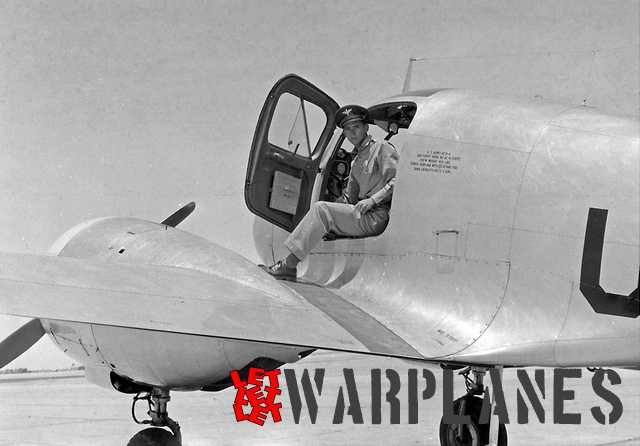
Operational career
The AT-9 and the later AT-9A was assigned from 1942 on to various military flying schools. Although it was quite demanding to fly, it was fully aerobatic and much more maneuverable that the other twin-engine advanced trainers like the AT-11 and AT-17. In spite of this, there were continuous maintenance problems and because of its more difficult flying properties it had a quite high accident rate.
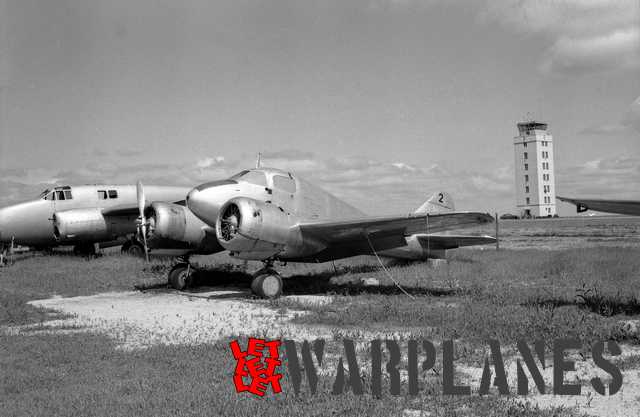
Since the AT-9 could not be used for crew training its operational use was in most cases restricted to P-38 training since there was no two-seat version of this type with dual control systems. By the end of 1943 most AT-9’s were removed from flying status.
The unit costs of the AT-6 model was U.S. $44,965. The unit costs of the AT-6A dropped to U.S. $ 40,286.
Since it was only a two-seater it was hardly used as a civil plane after the war when many aircraft were offered as surplus. Some were used after the war as instructional airframes at technical schools.
We may conclude that the AT-9 only had limited operational value and that it was not a great success as an advanced trainer!
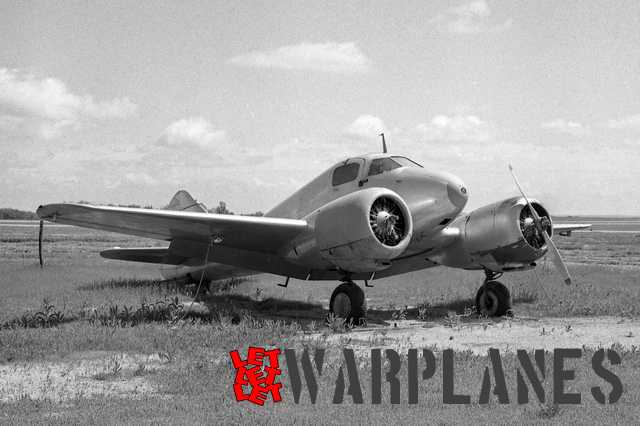
Survivors:
The U.S.A.F. Museum at Dayton Ohio has an AT-9 on display carrying the serial number 41-12150 and field registration ‘909’. It was completely restored for static display inside the museum. The Pima Air & Space Museum in Arizona has a recovered and incomplete AT-9A wreckage (serial no. 42-56882) for future restoration.
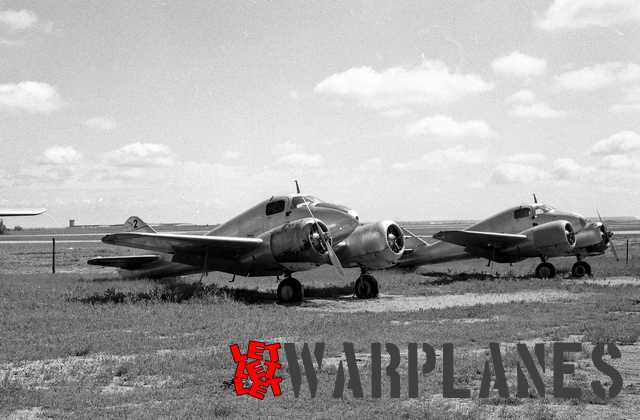
Tips for the model builders:
PAVLA Models in the Czech Republic has released at 1/72 scale an injection-molded limited production kit of the Curtiss AT-9 containing 22 plastic and 6 resin parts. A vacuum-formed cockpit canopy and one photo-etched part containing (amongst others!) the instrument panel are included. Decals are provided for three different version. This kit is (status March 2015) still offered for sale at the Pavla website (http://www.pavlamodels.cz/). Price will be around Euro 20-25.
Technical details (AT-9):
Powerplant: 2 × Lycoming R-680-9 nine-cylinder air-cooled radial engine, 295 hp (220 kW) each
Dimensions:
-Length: 9.65 m (31 ft 8 in)
-Wingspan: 12.29 m (40 ft 4 in)
-Height: 2.99 m (9 ft 10 in)
-Wing area: 21.7 m² (233 ft²)
Weights:
-Empty weight: 2,011 kg (4,494 lb)
-Loaded weight: 2,749 kg (6,060 lb)
Performances:
-Maximum speed: 317 km/h (171 knots, 197 mph)
-Cruise speed: 282 km/h (152 knots, 175 mph)
-Range: 1,207 km (652 nmi, 750 miles)
-Service ceiling: 5,791 m (19,000 ft)
-Wing loading: 125 kg/m² (26 lb/ft²)
-Power/mass: 0.16 kW/kg (0.10 hp/lb)
-Climb to 3,050 m (10,000 ft): 8.6 min
Crew: two; student and instructor
Nico Braas
References:
-Anonymous, U.S.A.F. Museum fact sheet (http://www.nationalmuseum.af.mil/factsheets/factsheet.asp?id=482)
-Peter M. Bowers, Curtiss aircraft 1907-1947, Putnam U.K (1979)
http://forum.armyairforces.com/download.axd?file=0;215882 (with free pdf download)






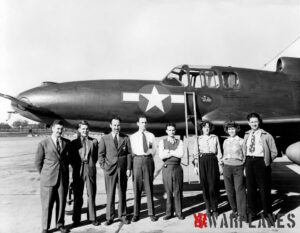
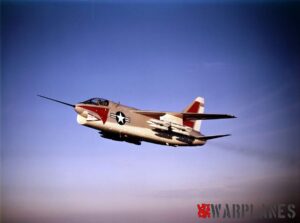
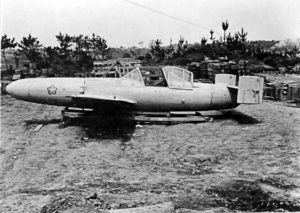

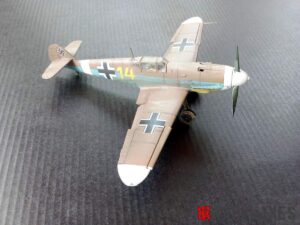
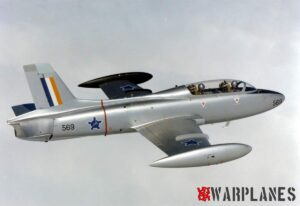
Hello!
Very nice work indeed, this article on the cool Curtiss Wright AT-9!
It´s the most comprehensive source of info that I have found. The only info I haven´t been able to find anywhere are the rates of climb and max. speeds at different altitudes. You wouldn´t happen to have this, would you?
I greatly appreciate your time and attention.
With kind regards,
Stephan